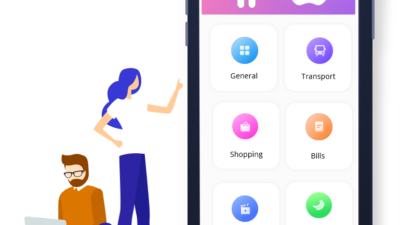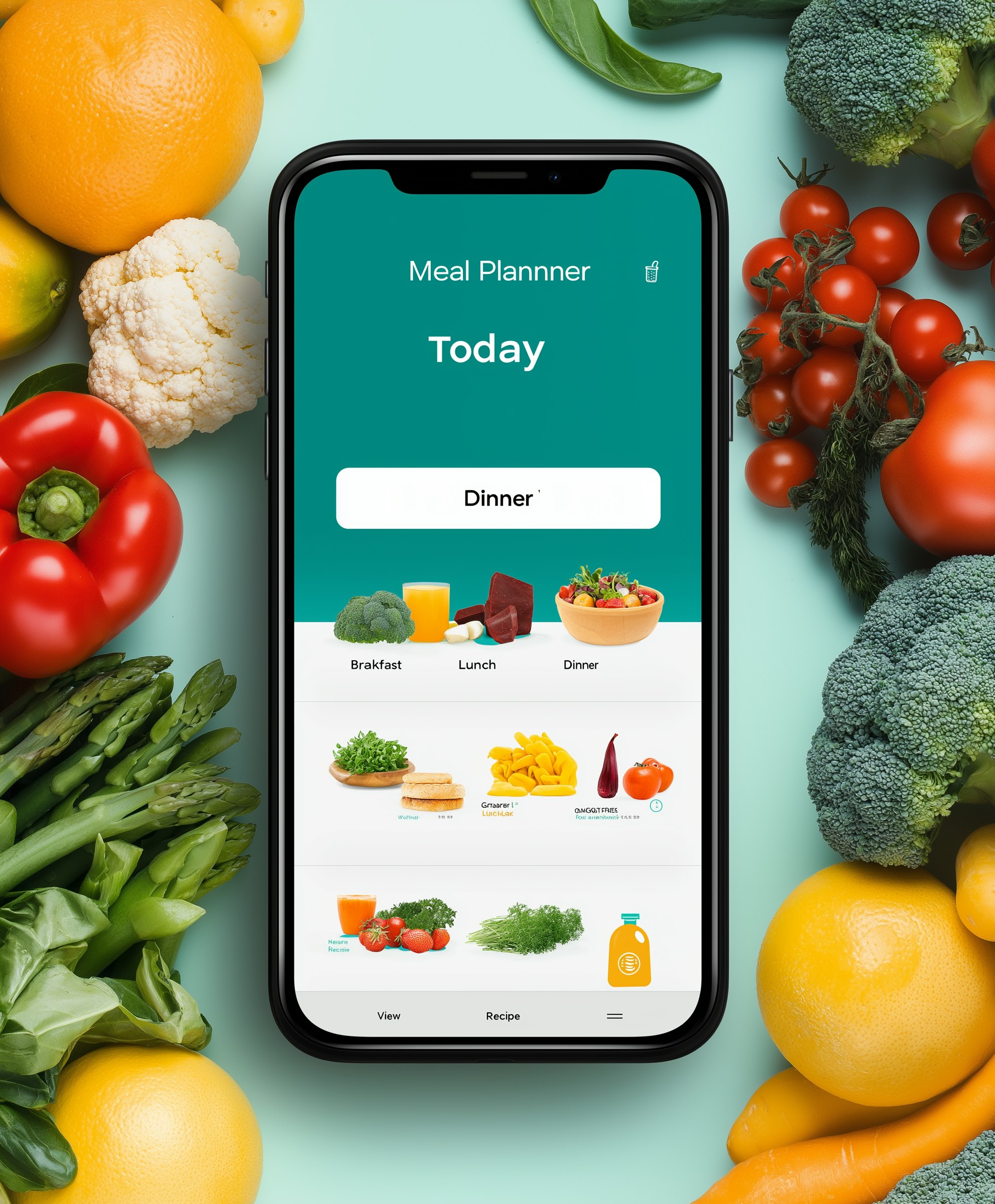Designing a mobile app design that captivates users while ensuring functionality is both an art and a science. Whether you’re building a new app or revamping an existing one, adhering to proven Mobile App Design Guidelines is crucial for success. Here’s a comprehensive guide to creating user-friendly mobile apps.
1. Prioritize User-Centric Design
Understanding your target audience is the first step. The app should cater to user needs, preferences, and pain points.
- Conduct User Research: Gather feedback through surveys or interviews.
- Create Personas: Define user profiles to tailor the app experience.
- Focus on Simplicity: Avoid overwhelming users with unnecessary features.
2. Responsive and Adaptive Design
Ensure your app looks and functions seamlessly across devices.
- Responsive Design: Optimize layouts for different screen sizes.
- Orientation Adaptability: Support both portrait and landscape modes.
- Platform-Specific Guidelines: Follow the design standards of iOS (Human Interface Guidelines) and Android (Material Design).
3. Intuitive Navigation
A smooth navigation system enhances usability and retention.
- Use Familiar Patterns: Include icons like the hamburger menu or bottom navigation bars.
- Hierarchy of Information: Display important features prominently.
- Breadcrumbs: Help users track their journey within the app.
4. Focus on Visual Consistency
Consistency in design elements builds trust and improves user experience.
- Typography: Use legible fonts and maintain consistent sizes.
- Color Scheme: Stick to a unified color palette that reflects your brand identity.
- Icons and Graphics: Ensure clarity and uniformity in style.
5. Optimize for Speed and Performance
Slow apps lead to user frustration and high uninstall rates.
- Minimize Load Times: Compress images and optimize code.
- Use Animations Wisely: Enhance engagement without affecting performance.
- Offline Accessibility: Allow limited functionality without an internet connection.
6. Accessibility Matters
Make your app usable for everyone, including people with disabilities.
- Readable Fonts: Ensure text is scalable and color contrast is adequate.
- Voice Commands: Integrate voice navigation for hands-free use.
- Alt Text for Images: Aid screen readers in providing descriptions.
7. Incorporate Feedback Mechanisms
Provide users with options to share feedback and feel involved.
- In-App Surveys: Ask for opinions directly within the app.
- Bug Reporting: Make it easy to report issues.
- Regular Updates: Show users that their input is valued.
8. Test, Iterate, and Improve
Testing is an ongoing process in mobile app design.
- Usability Testing: Observe real users interacting with your app.
- A/B Testing: Compare different design versions to find what works best.
- Analytics Tools: Track user behavior to refine features.
9. Security and Privacy
Users prioritize apps that protect their data.
- Secure Authentication: Use biometrics like fingerprint or facial recognition.
- Data Encryption: Protect sensitive user information.
- Clear Privacy Policy: Inform users about data collection and usage.
10. Engage Users Through Micro-Interactions
Small details can make a big difference in user experience.
- Interactive Buttons: Highlight state changes when clicked.
- Loading Indicators: Keep users informed while waiting.
- Gamification Elements: Include progress bars or achievements to boost engagement.
Conclusion
Mobile app design is not just about aesthetics; it’s about creating a seamless and enjoyable experience for users. By following these guidelines, you can develop apps that not only look great but also perform efficiently, keeping users satisfied and engaged.
Looking to design a mobile app for your business? Xaltam offers professional mobile app design and development services to bring your vision to life.




